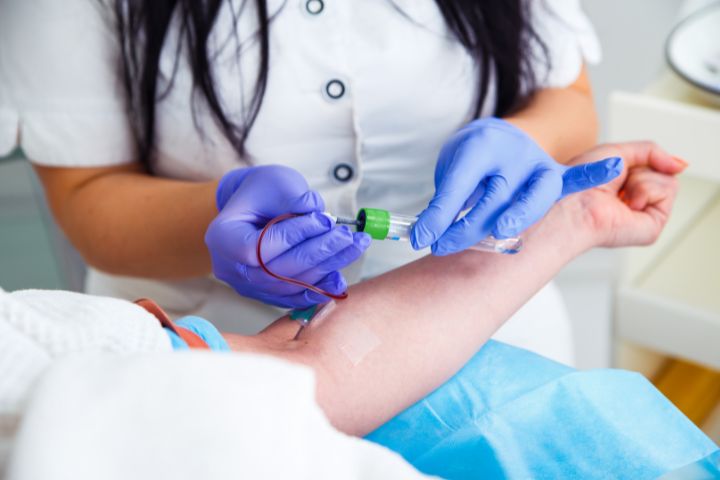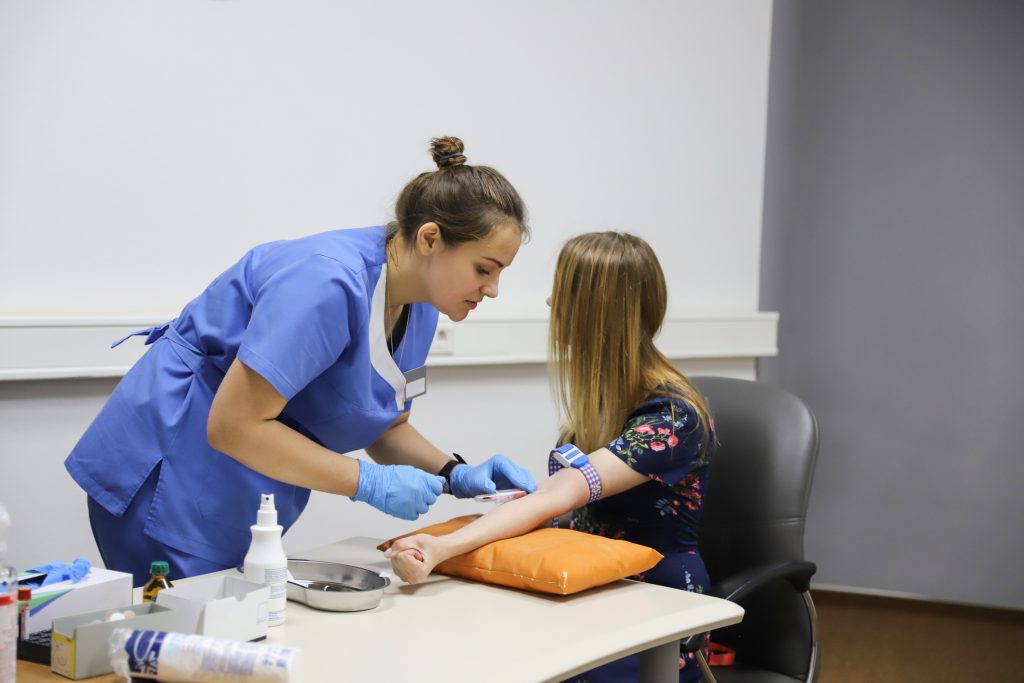The 5-Second Trick For Northeast Medical Institute - New Haven Campus Phlebotomy Course & Cna Class
The 5-Second Trick For Northeast Medical Institute - New Haven Campus Phlebotomy Course & Cna Class
Blog Article
Rumored Buzz on Northeast Medical Institute - New Haven Campus Phlebotomy Course & Cna Class
Table of ContentsThe smart Trick of Northeast Medical Institute - New Haven Campus Phlebotomy Course & Cna Class That Nobody is DiscussingThe smart Trick of Northeast Medical Institute - New Haven Campus Phlebotomy Course & Cna Class That Nobody is DiscussingThe smart Trick of Northeast Medical Institute - New Haven Campus Phlebotomy Course & Cna Class That Nobody is DiscussingThe Ultimate Guide To Northeast Medical Institute - New Haven Campus Phlebotomy Course & Cna ClassThe Buzz on Northeast Medical Institute - New Haven Campus Phlebotomy Course & Cna Class7 Simple Techniques For Northeast Medical Institute - New Haven Campus Phlebotomy Course & Cna Class
The use of such devices should be come with by various other infection prevention and control practices, and training in their usage.For settings with low sources, expense is a driving consider purchase of safety-engineered gadgets - PCT Training. Where safety-engineered tools are not offered, competent usage of a needle and syringe serves. Unintentional direct exposure and certain information concerning an occurrence should be recorded in a register. Assistance services need to be promoted for those that go through accidental direct exposure.
In the blood-sampling area for an outpatient division or facility, supply a comfy reclining sofa with an arm rest.
Fascination About Northeast Medical Institute - New Haven Campus Phlebotomy Course & Cna Class
Guarantee that the indications for blood tasting are clearly specified, either in a composed method or in documented instructions (e.g. in a research laboratory type). At all times, comply with the strategies for infection avoidance and control provided in Table 2.2. Infection prevention and control methods. Collect all the devices needed for the treatment and place it within risk-free and very easy reach on a tray or trolley, making certain that all the products are plainly noticeable.
Present on your own to the person, and ask the patient to state their full name. Inspect that the lab type matches the individual's identification (i.e. match the person's information with the research laboratory form, to make certain precise identification).
Make the individual comfortable in a supine placement (if feasible). Place a tidy paper or towel under the client's arm. Review the examination to be carried out (see Annex F) and acquire spoken consent. The person has a right to reject an examination at any type of time prior to the blood sampling, so it is essential to guarantee that the individual has actually comprehended the treatment.
The Of Northeast Medical Institute - New Haven Campus Phlebotomy Course & Cna Class
Expand the individual's arm and evaluate the antecubital fossa or lower arm. Locate a blood vessel of a great dimension that shows up, straight and clear. The representation in Section 2.3, reveals usual settings of the vessels, yet lots of variants are feasible. The typical cubital capillary lies between muscles and is typically the most easy to pierce.
DO NOT put the needle where capillaries are diverting, because this raises the chance of a haematoma. The vein ought to show up without applying the tourniquet. Finding the blood vessel will certainly aid in identifying the proper size of needle. Use the tourniquet regarding 45 finger sizes over the venepuncture website and re-examine the blood vessel.
Haemolysis, contamination and visibility of intravenous liquid and medicine can all change the outcomes (39. Nursing personnel and doctors might access central venous lines for specimens following protocols. However, samplings from main lines lug a threat of contamination or wrong lab test outcomes (https://www.ted.com/profiles/47186180). It is appropriate, but not ideal, to attract blood specimens when initial presenting an in-dwelling venous device, prior to connecting the cannula to the intravenous liquids.
Northeast Medical Institute - New Haven Campus Phlebotomy Course & Cna Class Can Be Fun For Anyone
Permit the location to dry. Failure to enable adequate call time increases the risk of contamination. DO NOT touch the cleaned up site; specifically, DO NOT position a finger over the vein to direct the shaft of the subjected needle. It the website is touched, repeat the sanitation. Execute venepuncture as follows.
Ask the individual to develop a clenched fist so the capillaries are a lot more prominent. Get in the capillary promptly at a 30 degree angle or less, and remain to present the needle along the blood vessel at the most convenient angle of access - PCT Training. As soon as enough blood has actually been gathered, release the tourniquet BEFORE taking out the needle
Facts About Northeast Medical Institute - New Haven Campus Phlebotomy Course & Cna Class Revealed
Withdraw the needle delicately and apply mild pressure to the website with a tidy gauze or dry cotton-wool sphere. Ask the client to hold the gauze or cotton woollen in position, with the arm expanded and raised. Ask the person NOT to bend click the arm, due to the fact that doing so causes a haematoma.

The Northeast Medical Institute - New Haven Campus Phlebotomy Course & Cna Class Ideas
Do not press the syringe bettor due to the fact that added pressure increases the danger of haemolysis. Where possible, keep the tubes in a rack and move the rack in the direction of you. Infuse downwards right into the appropriate coloured stopper. DO NOT remove the stopper since it will release the vacuum cleaner. If the example tube does not have a rubber stopper, infuse exceptionally gradually right into the tube as minimizing the pressure and velocity used to transfer the specimen reduces the risk of haemolysis.

Report this page